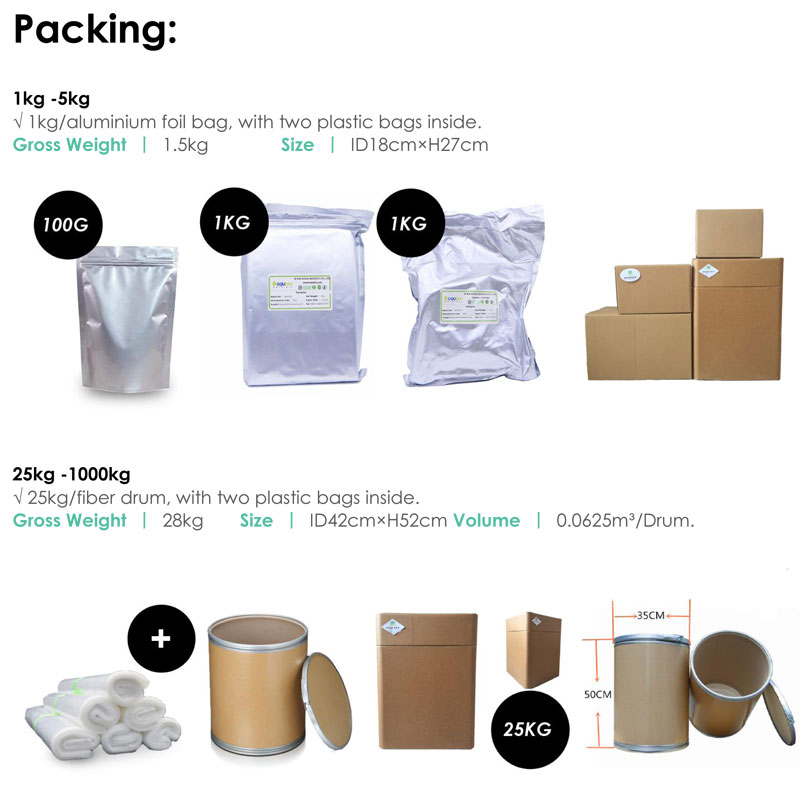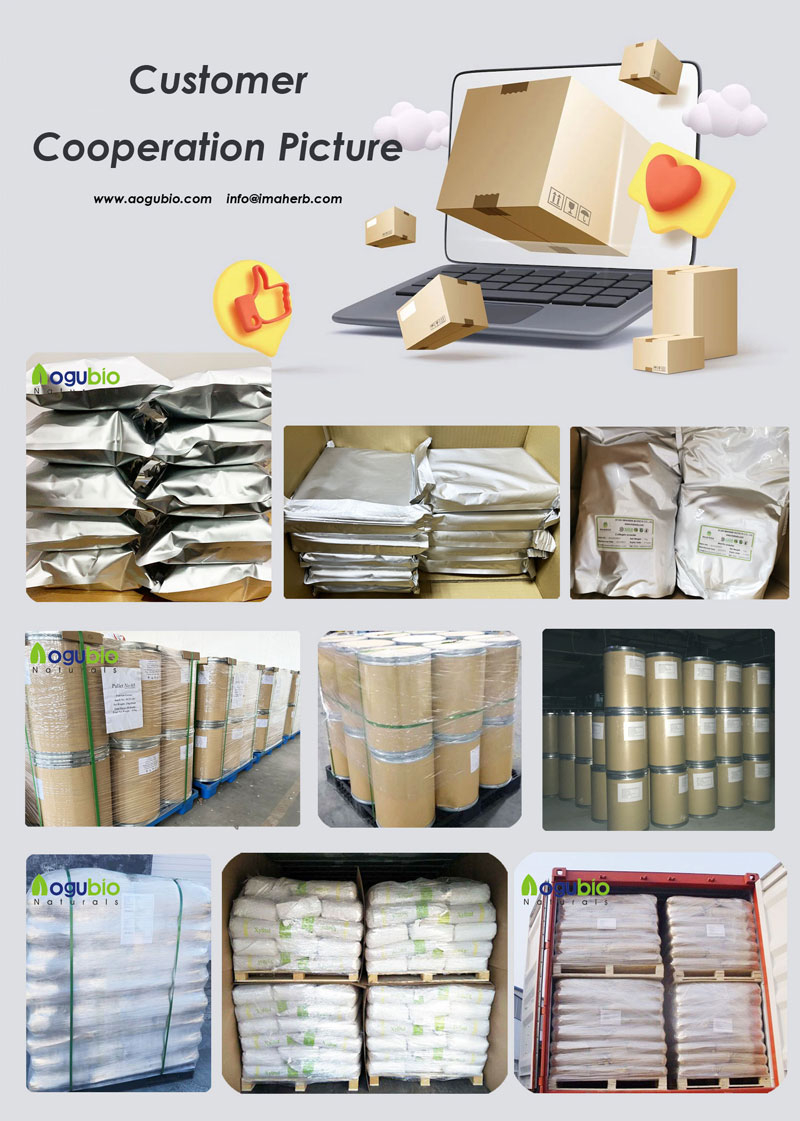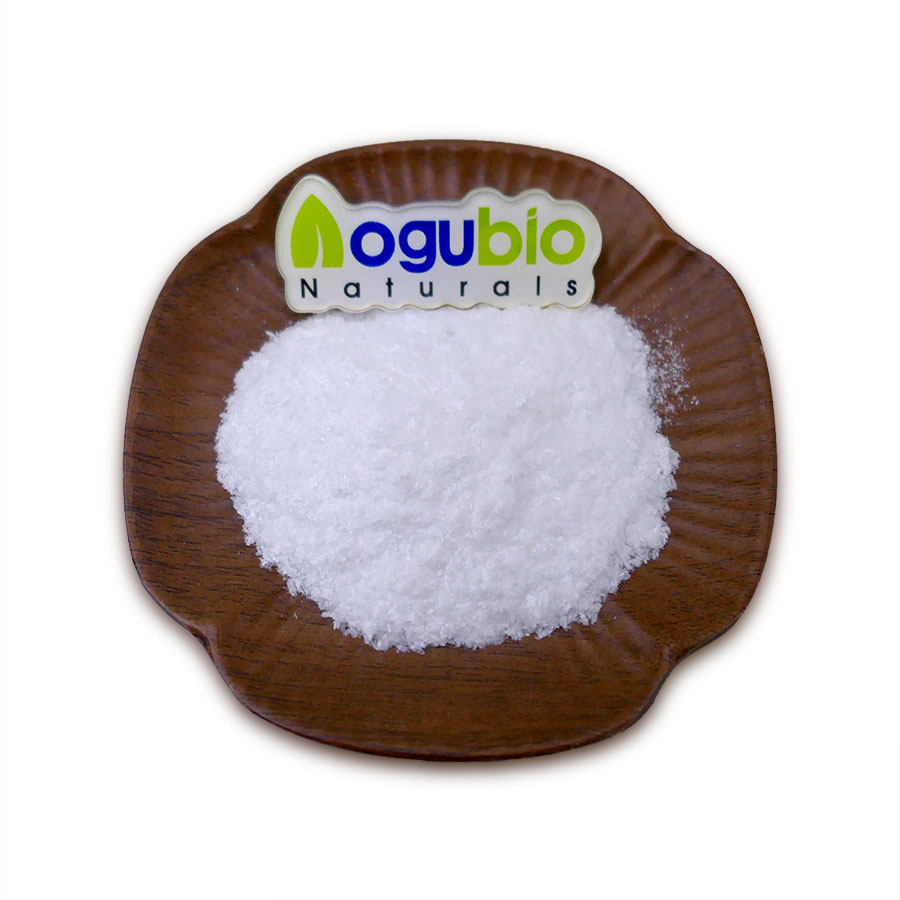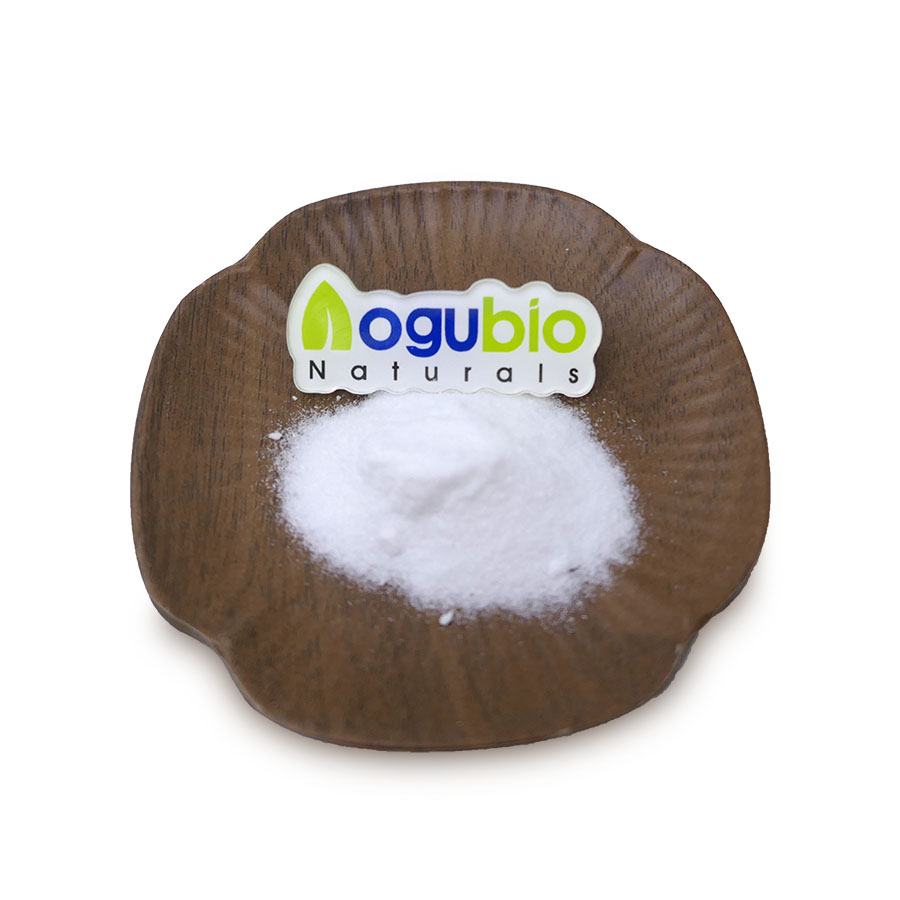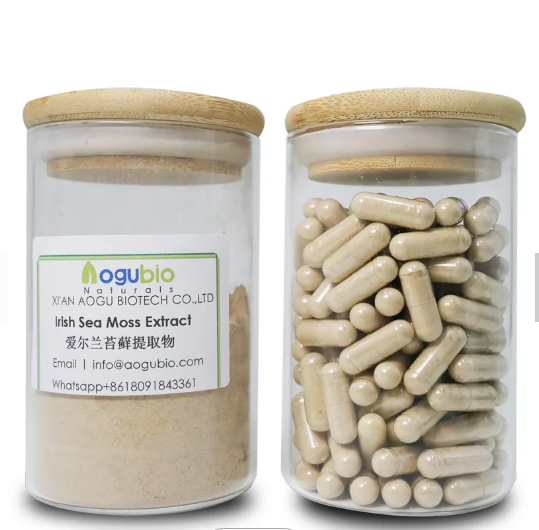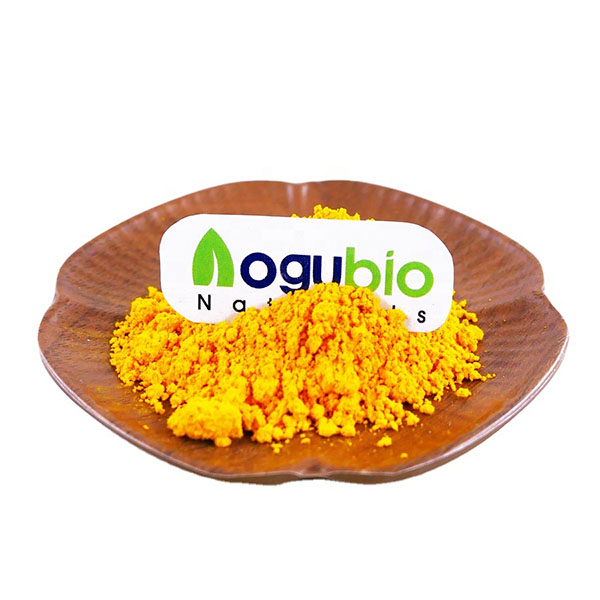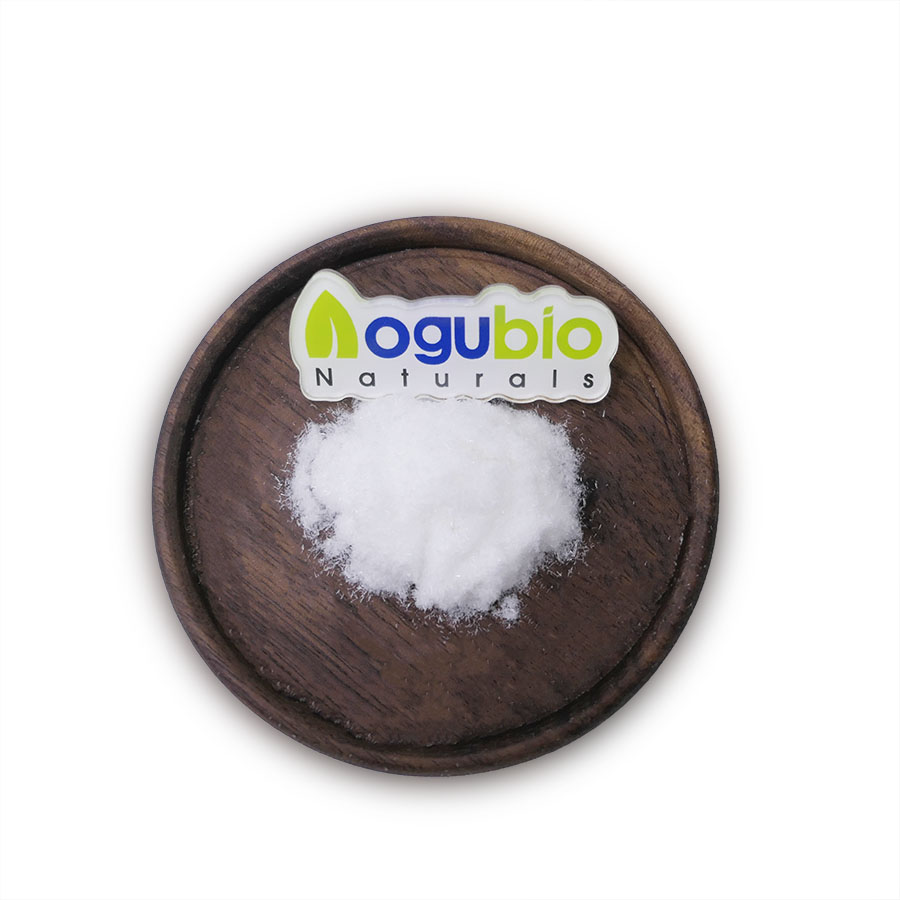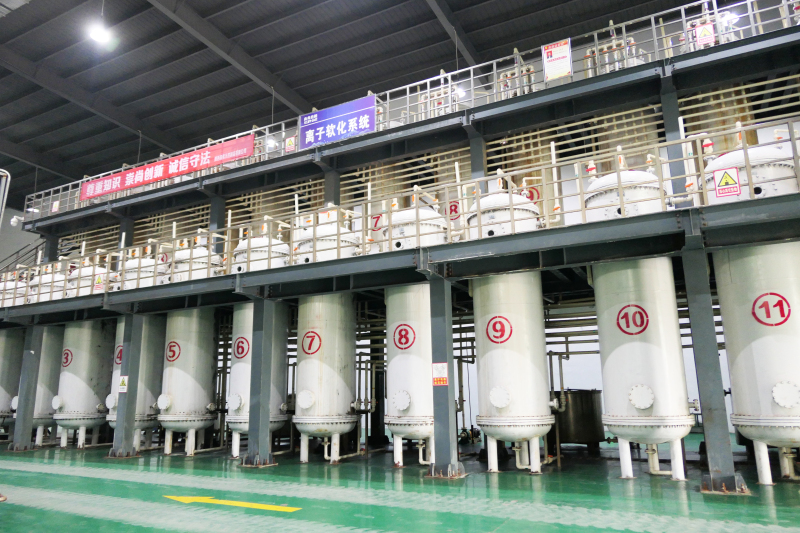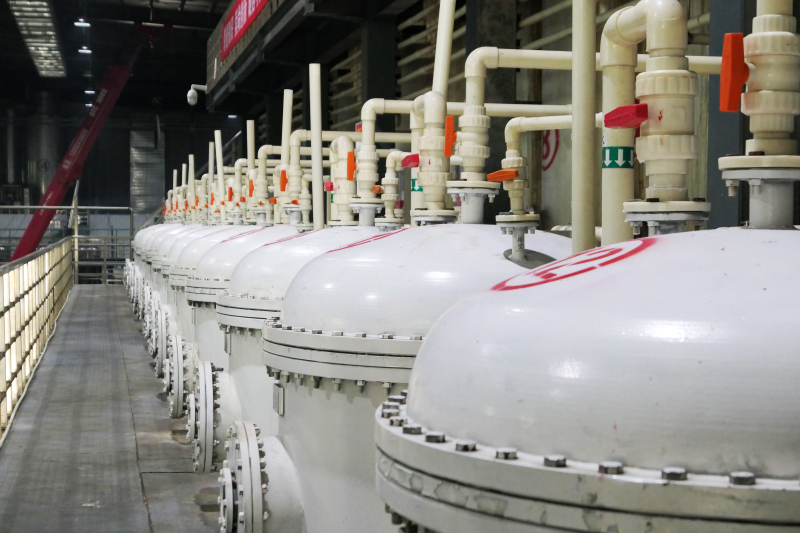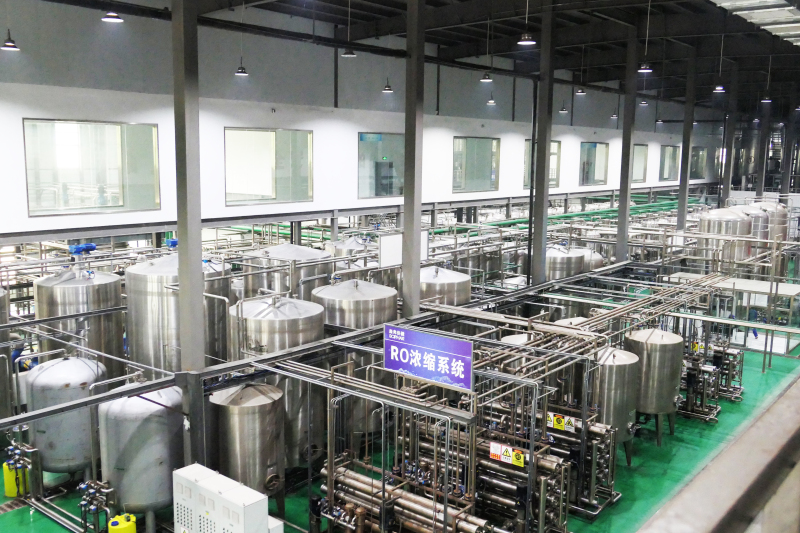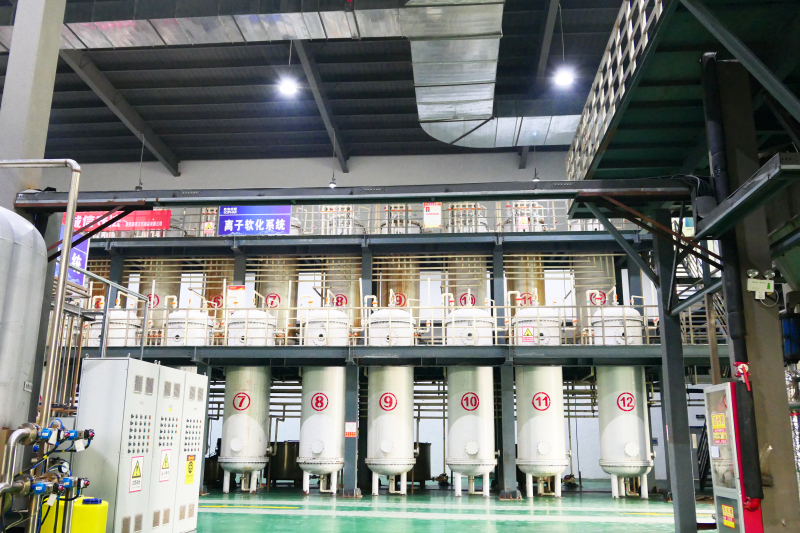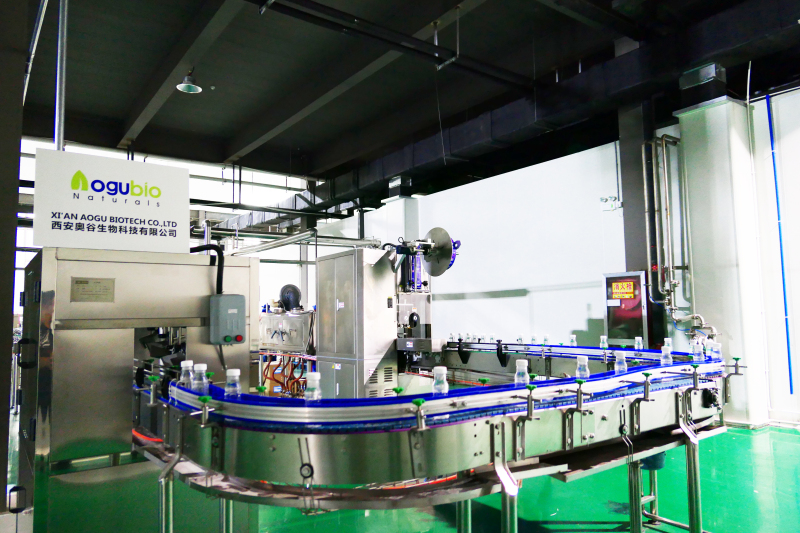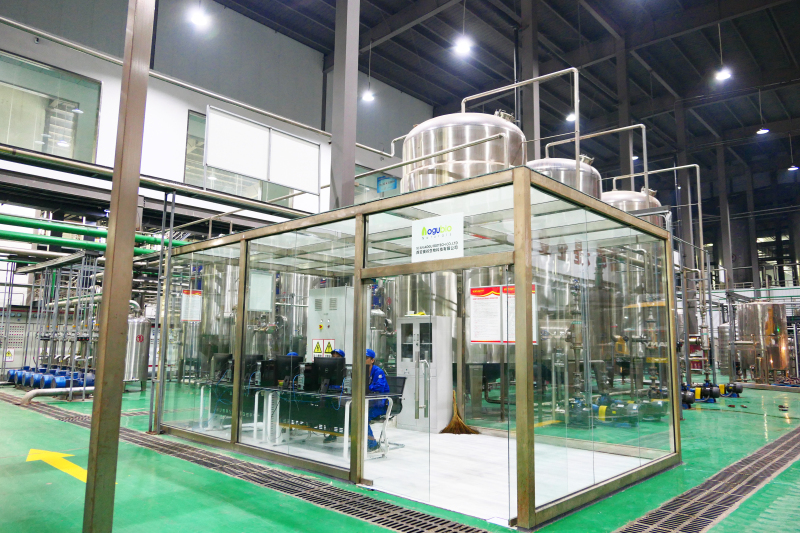Discover the Natural Alternative to Hydroquinone: Kojic Acid Dipalmitate’s Role in Skincare
Discover the Natural Alternative to Hydroquinone: Kojic Acid Dipalmitate's Role in Skincare
In today's society, clear, healthy, and flawless skin is highly coveted. Individuals spend immense amounts of time and money searching for skincare products that can help them achieve their desired complexion. One ingredient that has gained significant attention in the skincare industry is Kojic Acid Dipalmitate.
Kojic Acid Dipalmitate is a powerful and effective whitening agent that is derived from Kojic Acid. Unlike its predecessor, Kojic Acid Dipalmitate offers a natural alternative to hydroquinone, without the associated risks and side effects. This compound has been widely recognized for its ability to inhibit the activity of tyrosinase, which plays a crucial role in the production of melanin in our skin.
Aogubio, a specialized company in the production and distribution of pharmacologically active substances, raw materials, plant extracts, and nutraceuticals for various industries, takes pride in manufacturing and delivering high-quality Kojic Acid Dipalmitate products. With expertise in the pharmaceutical, food, nutritional, and cosmetic sectors, Aogubio ensures that their products are safe, effective, and of the highest-quality.
Kojic Acid Dipalmitate is a white or off-white crystal that offers exceptional stability, surpassing the capabilities of vitamin C. With its high stability, it can effectively penetrate and be absorbed by the skin, allowing it to have a more substantial impact on reducing melanin production. Unlike regular Kojic Acid, Kojic Acid Dipalmitate also possesses an antioxidant effect, which helps protect the skin from damaging free radicals.
Not only has Kojic Acid Dipalmitate been approved and recognized by the Ministry of Health, but it is also highly regarded in the medical field. Healthcare professionals often utilize this ingredient to lighten facial spots and address other skin concerns. The combination of its whitening effect, safety profile, and luxurious texture makes Kojic Acid Dipalmitate a highly sought-after ingredient in the formulation of skincare products.
The mechanism of action for Kojic Acid Dipalmitate is fascinating. It interferes with the production of melanin in two significant ways: by blocking the synthesis of tyrosine, an essential amino acid in melanin formation, and by inhibiting the activity of existing tyrosinase enzymes. By impeding tyrosinase's function, this remarkable ingredient effectively prevents the further production of melanin, thereby reducing the appearance of hyperpigmentation and dark spots.
Another significant advantage of utilizing Kojic Acid Dipalmitate in skincare products is its ability to penetrate into the deeper layers of the skin. This characteristic allows it to target melanocytes directly, the cells responsible for producing melanin, resulting in a more efficient and targeted outcome. Furthermore, Kojic Acid Dipalmitate also helps to soften the stratum corneum, the outermost layer of the skin, resulting in a smoother texture and complexion.
Concerns about the safety and potential side effects of skincare ingredients are valid. However, with Kojic Acid Dipalmitate, consumers can rest assured. The absence of side effects makes it a popular choice for individuals looking for a safe and effective solution to their skin concerns. Additionally, the natural origin of this ingredient provides an added sense of security, knowing that one is not subjecting their skin to harsh chemicals.
The versatility of Kojic Acid Dipalmitate extends beyond its remarkable skin-lightening properties. Due to its antioxidant effect, it also aids in preventing premature signs of aging, promoting a more youthful appearance. This natural alternative to hydroquinone has been widely embraced by individuals seeking a more holistic approach to skincare, free from potential risks and harmful side effects.
In conclusion, Kojic Acid Dipalmitate is a powerful and natural alternative to hydroquinone, offering a safer and more effective solution for those seeking clearer and lighter skin. With Aogubio's expertise in producing high-quality products for various industries, individuals can trust that they are using a reliable and effective ingredient in their skincare routine. Embrace the power of Kojic Acid Dipalmitate and experience the incredible benefits for your skin.
Products Description
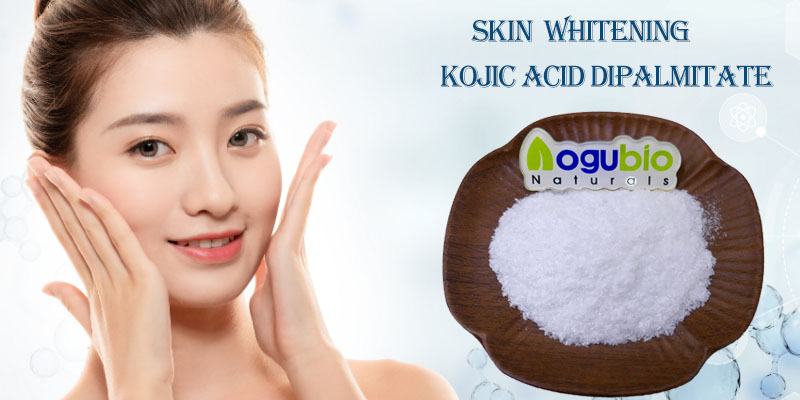
Kojic acid dipalmitate is modified kojic acid derivative,which not only overcomes the instability to light, heat and metallic ion, but also keeps the inhibitory tyrosinase activity and prevents the forming of melanin. Kojic dipalmitate owns stable chemical property. It will not turn yellow for oxidation, metallic ion, illumination and heating.
Function
- kojic acid dipalmitate is a kind of specialized inhibitor for melanin. It can prevent the tyrosinase activity through synthesizing with copper ion in the cells after it enters skin cells. Kojic acid and its derivative has better inhibitory effect on tyrosinase than any other skin whitening agents.
- kojic acid dipalmitate can also eliminate free radical, strengthen cell activity of cell and keep the food fresh.
BASIC ANALYSIS
|
ANALYSIS
|
SPECIFICATION
|
RESULTS
|
|
Appearance
|
White Powder
|
Complies
|
|
Odor
|
Characteristic
|
Complies
|
|
Tasted
|
Characteristic
|
Complies
|
|
Assay
|
99%
|
Complies
|
|
Sieve Analysis
|
100% pass 80 mesh
|
Complies
|
|
Loss on Drying
|
5% Max.
|
1.02%
|
|
Sulphated Ash
|
5% Max.
|
1.3%
|
|
Extract Solvent
|
Ethanol & Water
|
Complies
|
|
Heavy Metal
|
5ppm Max
|
Complies
|
|
As
|
2ppm Max
|
Complies
|
|
Residual Solvents
|
0.05% Max.
|
Negative
|
|
Microbiology
|
||
|
Total Plate Count
|
1000/g Max
|
Complies
|
|
Yeast & Mold
|
100/g Max
|
Complies
|
|
E.Coli
|
Negative
|
Complies
|
|
Salmonella
|
Negative
|
Complies
|
Applications
Body/facial care toners, anti-aging preparations, sun protection, after-sun & self-tanning, skin whitening/lightening, treatment for a variety of skin hyperpigmentation conditions or disorders, e.g. solar lentigenes, melasma, chloasma, scars, freckles, age pigment and other local hyperpigmented regions of the skin
